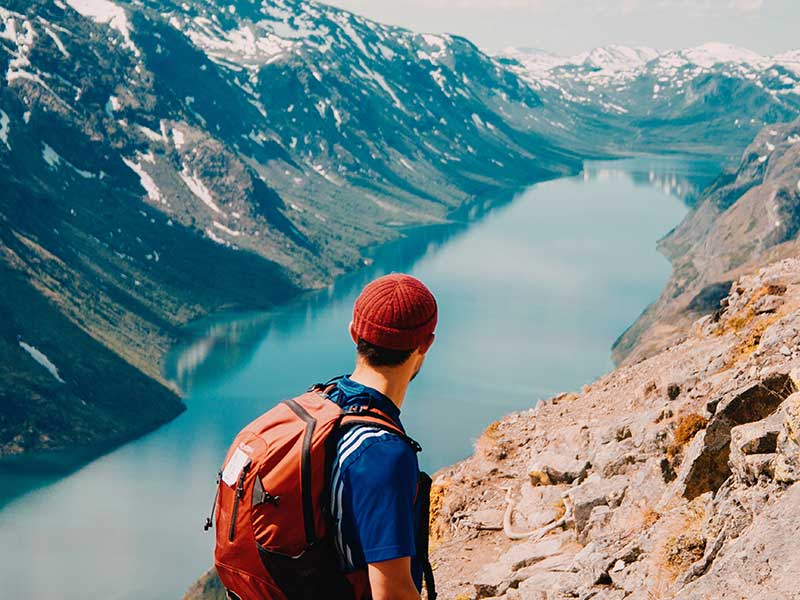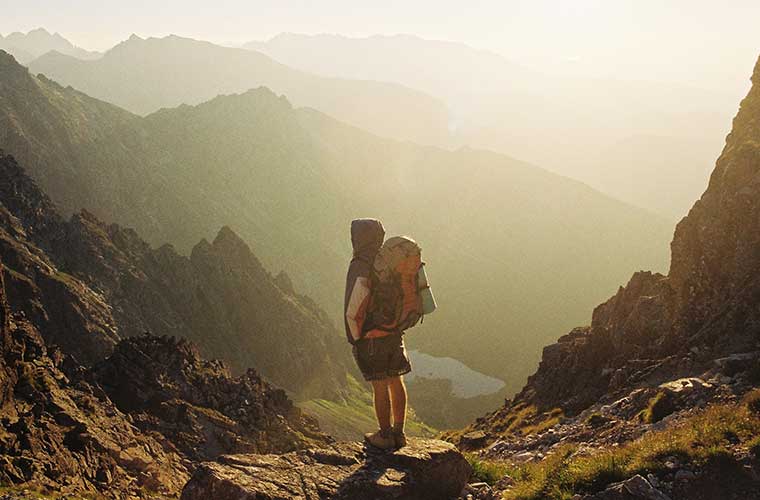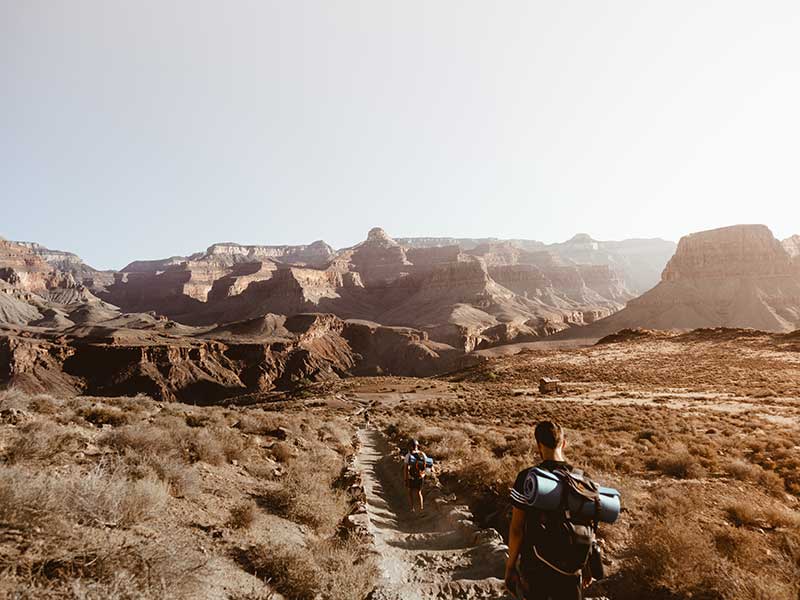What to do if you get lost while hiking?

Currently, the Mountain GPS and mobiles perform the function previously performed by the compasses and maps. However, in the mountains you never know what might happen. A slip of the tongue due to tiredness or a sudden change in the weather can lead to slight confusion that can totally disorientate us. In addition, in these situations, electronic devices can play a trick on us due to a lack of battery or coverage. Even the most experienced mountaineers can have a slip-up or mishap, but there is no doubt that being prepared for anything is essential.
Prevention is better than cure
In case you are a mountaineer who practices hiking usually, it is advisable to attend a training course in orientation in the mountains. These courses are useful to learn basic notions for orientation, such as how to read maps, or how to use compasses. However, this is not the only advice to avoid getting lost in the mountains. Here are some basic tips to prevent dangerous situations:
- Check the weather forecastBefore setting off on a hike, get into the habit of checking the weather forecast for the next few hours, as this will help you avoid any unpleasant surprises. If the forecasts say that there will be a storm, shorten your journey or hurry so that you don't get caught in unfamiliar places.
- Inspect the route wellIf you are going on a route for the first time, make sure you have certain landmarks in mind or noted down. Nowadays, many bloggers offer their experience with the help of photos on public blogs. Take a look at these reviews and notes any crossings that could lead to mistakes.

- Always carry your mobile phoneIn case you need to call for help, the mobile phone may be the only way to get help. Make sure you have it uploaded completely, and don't use it if you don't have to. If you want a tip, take it in aeroplane mode This will give you a much longer battery life. Even when in aeroplane mode, you can still take pictures and make emergency calls. It is recommended that you share images once you get home, as using the internet in places with poor coverage reduces battery life considerably.
- Upload routes to your GPSNew technologies will help you to be always located and following the route. Check from time to time that you are following the route. Nowadays many mountaineers share tracks on the internet. Many of them can be downloaded for free, and transferring them to your GPS takes a matter of seconds. Before setting off, make sure your battery is fully charged. In case your electronics fail, it's a good idea to carry maps, compasses and whistles in your rucksack. Analogue items never fail.
Even if you follow all the above mentioned tips to the letter, it is possible that a mistake may cause you to get lost. Once you are disoriented or lost, the following steps are mandatory.
Stop
Standing up is essential. If you are lost, standing up and admitting that you are lost can be difficult, but it is the first thing to do. In that nervous situation it is mandatory to keep calm in order to find the best solution. Sit down and take a deep breath. Also, if you go crazy trying to find your way, and start running up and down, you might get even more sidetracked. Also, saving your strength won't do you any harm. Keep a cool head, the situation is bound to be solvable.
Time for reflection
Once you are seated and calm, think about it so that you can make the smartest decision. Try to remember all the journey you have made. until you get to the point where you are. If you remember the last point where you were on the right path, and if you know where you were last on the right path, and if you know where you were last on the right path, you can back to to that point with absolute certainty, come back. Otherwise, sit tight. Even if you are nervous, remember to keep a cool head. Eat and drink something, and if the situation calls for it, put on warm clothes. In addition, take out all the material that can serve as a guide, such as the mobile phone, a map or a compass.

Observation
You need to notice everything around you. At the nearby peaks, the trees, the paths you can see in the distance... You need to find a reference point that can be of use to you. In case you have a small hill or summit nearby, it is recommended to climb it in order to have a better panoramic view of the surroundings. In addition, if you have the help of a map, try to identify some places on it around you.
Planning
You should plan your route according to the strength you have, the equipment you have, the terrain you are walking on, the weather conditions or the terrain. If you are on a favourable and safe path, you can continue along it until you reach the end. If you are not in the high mountains, this can be useful for reach a nearby village and ask for help there. If you are not sure that the path will lead you to an inhabited area, or if you do not have the strength or if the terrain or weather conditions do not allow you to advance, do not take any risks. Alert rescue services and wait for them to solve the problem. When you call, be calm and explain your situation slowly. In a maximum of 24 hours, the rescue teams will arrive at the place where you are, and will help you to return. Remember that it is highly recommended to be a member of a mountain federation, so that you do not have to pay the full cost of the rescue.
So, you know the steps to follow in case you are lost. However, remember that prevention in the mountains will allow you to enjoy hiking in the mountains more safely, and you will be able to avoid many dangerous or uncomfortable situations.
READ ALSO:
Don't miss any adventure in the Pyrenees!
